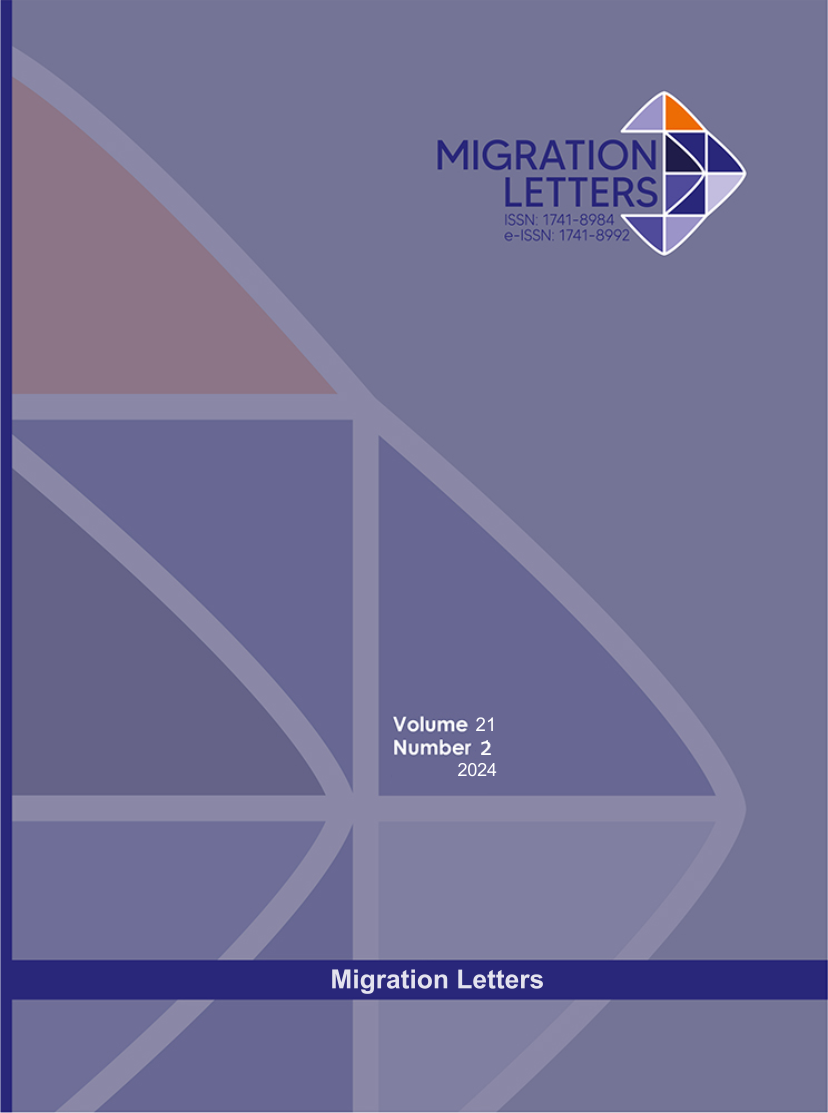Financing and its Influence on Liquidity in the Automotive Industry
DOI:
https://doi.org/10.59670/ml.v21i2.6125Abstract
The objective of this research was to determine the influence of financing on liquidity in automotive assembly companies, Peru. It was supported by a quantitative approach, of applied type, of non-experimental, causal correlational design of cross-section. The sample consisted of 15 staff. The documentary analysis, the survey and the documentary guide were used as techniques. The questionnaire as an instrument. Also, for the contracting of hypotheses, the coefficients of the structural model will be addressed to clarify the influence of financing on business liquidity. To consistently establish the goodness-of-fit indicators of the structural model to establish the degree of incidence between the variables. This will be achieved through the use of the statistical software Amos V.20. According to the indicators adjustment, the estimated structural model is acceptable since it satisfies two of the indicators the estimated structural model is acceptable since it satisfies two of the indicators. In addition, there is a significant influence of financing and liquidity in automotive assembly companies, Peru, the standard deviation of the coefficient determination is 0.961 and the observed significance is 0.000, we can conclude that financing contributes 96% to the development of business liquidity. Likewise, the influence that financing has on liquidity and the contribution of each dimension was observed. Current assets contribute 89% to the liquidity of the organizations in question, current liabilities contribute 88%, working capital contributes 78% and profitability contributes 86% to organizational liquidity.
Metrics
Downloads
Published
How to Cite
Issue
Section
License

This work is licensed under a Creative Commons Attribution-NonCommercial-NoDerivatives 4.0 International License.
CC Attribution-NonCommercial-NoDerivatives 4.0






